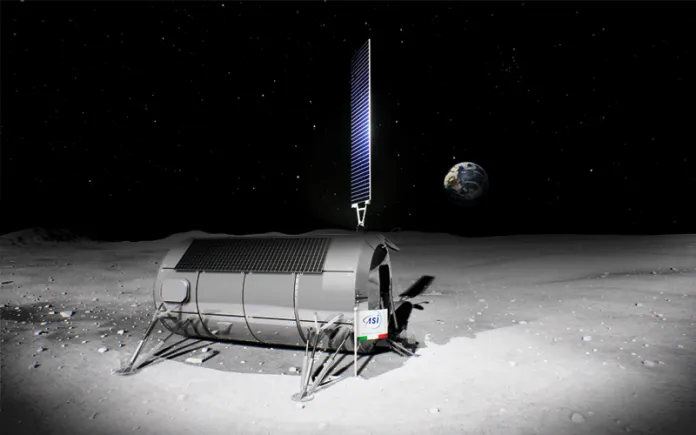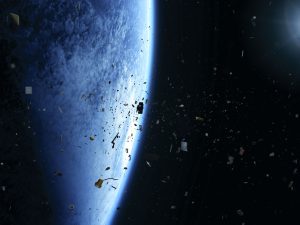Italian Space Agency’s Next Frontier: Lunar Mission Simulation and Control Center
27th Dec 2023
ASI, the Italian space agency, has entered into a €3.5 million agreement with ALTEC to commence the initial planning and construction stage of the Lunar Robotic Mission Simulation and Control Center.
The agreement was signed in the presence of Teodoro Valente, President of Asi, and Luca Vincenzo Maria Salamone, General Director. Additionally, ALTEC’s president Fabio Massimo Grimaldi and managing director Vincenzo Giorgio were also present during the event.
The Lunar Robotic Mission Simulation and Control Center’s destination
According to the ASI’s press release, the Lunar Robotic Mission Simulation and Control Center is a part of Italy’s efforts to become a key partner for the European Space Agency and NASA. Notably, this partnership is especially emphasized in connection with NASA’s Artemis program.
As stated Valente, the facility is designed to aid Italian and European projects that focus on exploring and colonizing planets in the years ahead.
“The agreement for the Lunar Robotic Control Center is a significant step in ASI’s proactive efforts. It involves substantial investments in human space exploration. The Moon will serve as a testing ground for technologies and infrastructures. This will lay the groundwork for the upcoming mission towards the Red Planet”, he said.
Location and construction dates of the Lunar Robotic Mission Simulation and Control Center
The new control centre will take place at the ALTEC Turin Aerospace City facilities. It is scheduled for completion in three years.
Upon becoming operational, it will serve as a supplementary facility to the European Space Agency Rover Operation Control Center (ROCC).
In turn, ROCC, established in 2019, was constructed to conduct initial tests and manage the control of ESA’s Rosalind Franklin Mars rover. The 300-square-meter facility encompasses a Mars Terrain Simulator. It consists of 140 tonnes of terrain resembling Mars, formed from material ejected during the eruption of Mount Vesuvius.
![Beauty of the Pink Moon And Lyrid Meteor Shower in This Week’s Best Astrophotos [19-26 April] Beauty of the Pink Moon And Lyrid Meteor Shower in This Week’s Best Astrophotos [19-26 April]](https://orbitaltoday.com/wp-content/uploads/2024/04/Pink-Moon-is-on-its-way-above-the-mountains-1-300x300.jpg)





Thank you for your comment! It will be visible on the site after moderation.